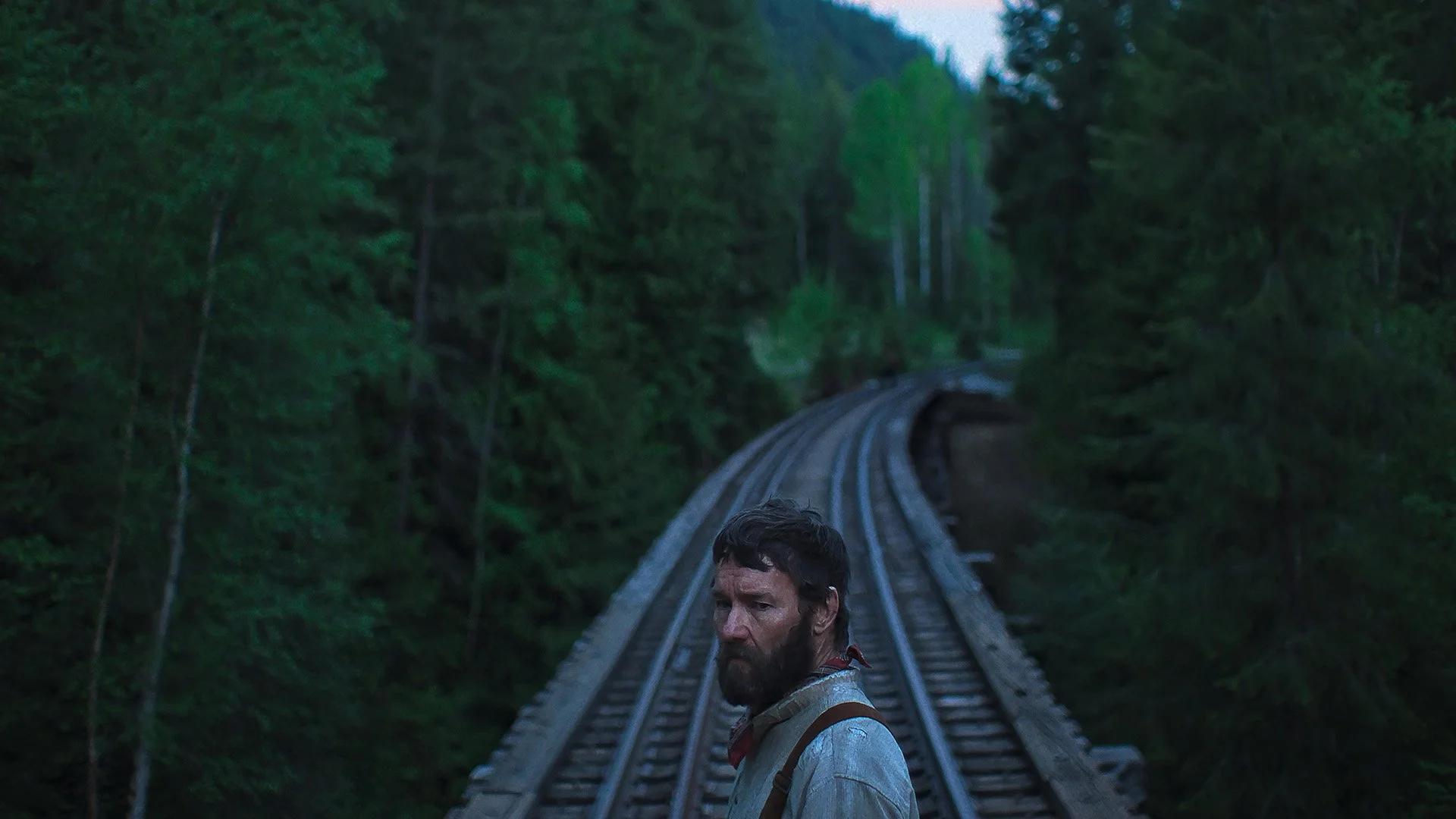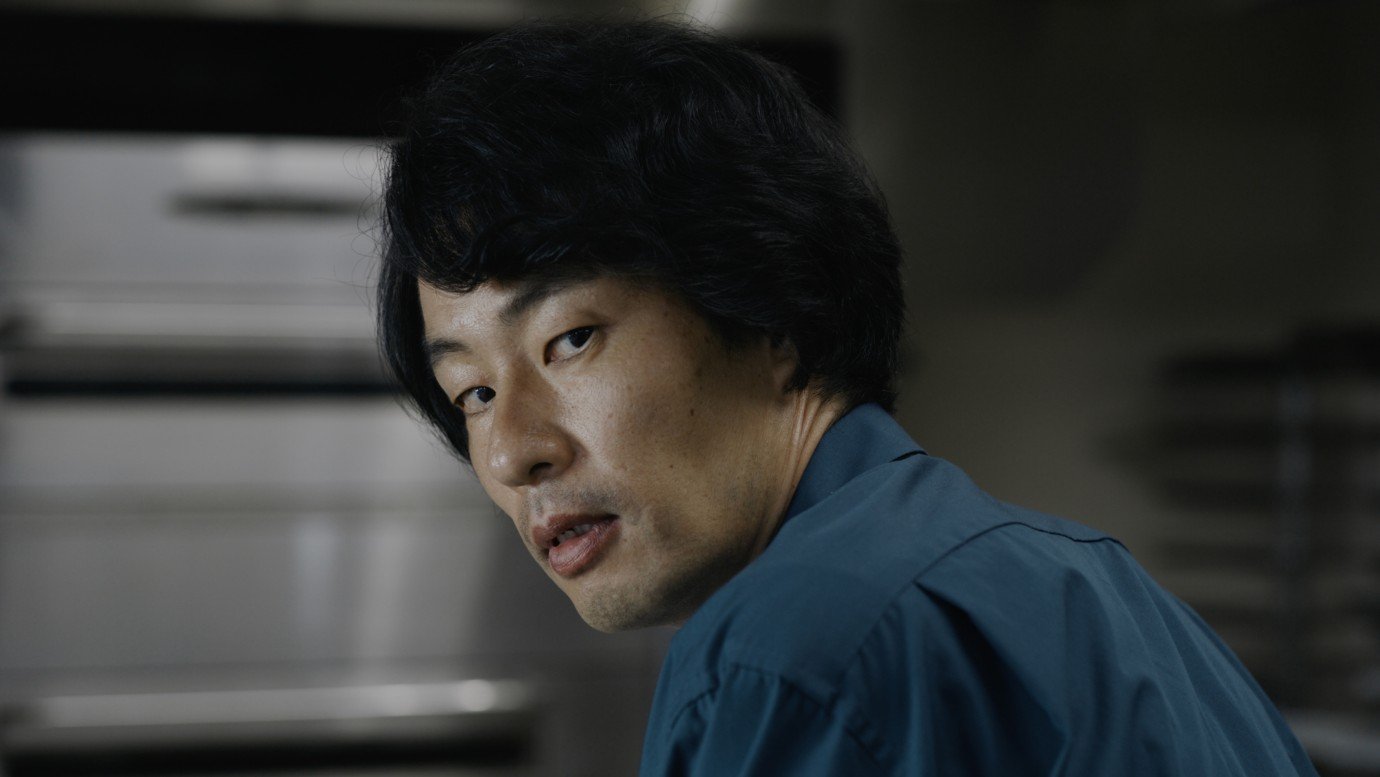Review: The Worst Person in the World (2021)
Joachim Trier’s The Worst Person in the World feels like it’s based on a great European novel, in that it is self-consciously artistic in that way only European filmmakers seem to manage without coming across as pretentious or inauthentic. It has high-minded themes about life, poignant moments of existential reflection throughout its runtime, moments of clever hilarity, and a literary structure, despite not actually being based on a book. It’s the kind of film where you bask in the command of the filmmaking, nod along to the perceptive portraits of human frailty and indecision, and occasionally sit stunned by its exhilarating capacity to capture the inexplicable emotions of life. In contemporary cinema, it’s rare to see the simple act of living portrayed in such a deft manner.
The Worst Person in the World concerns the romantic life of Julie (Renate Reinsve), a young woman living in Oslo, and is told in 12 chapters with a prologue and an epilogue. In the prologue, we learn via montage and voiceover from the unknown narrator that Julie switches from studying medicine to psychology to photography in rapid succession. The prologue is instructive as it introduces us to the literary structuring device—we are only seeing individual chapters in Julie’s life, not an unbroken chain of events—as well as the use of narration to give us an objective look into Julie’s thinking. It also shows how Julie is a character defined by indecision. She frequently changes her mind about everything, and while she is talented and intelligent, she is also rudderless. This aspect of her personality defines her romantic experiences in the following 12 chapters.
These chapters are given titles that inform the content, such as “Chapter 2: Cheating” or “Chapter 8: Julie’s Narcissistic Circus,” and centre on individual scenes or periods in Julie’s life which all explore a certain aspect of her personality. As well, the film focuses on two key romantic figures in Julie’s life: Aksel (Anders Danielsen Lie), an older cartoonist with whom she creates a relatively stable domestic life, and Eivind (Herbert Nordrum), a barista whom she meets at a party and who then becomes the object of her romantic fantasy.
The film flits between interrogating Julie’s romantic impulses and what they say about her as a person, and her existential anxieties about life in general. The emotional throughline is Julie’s feeling that she’s “a supporting character in her own life,” as she says to Aksel during a bitter confrontation. That feeling leads her to make drastic decisions to give her some sense of control in her own life. The irony is that this impulse leads her to constantly destabilize fixed relationships and have to reintroduce herself into new social milieus, and this results in her often keeping her distance from others, and, by extension, keeping her something of a minor figure in the lives of the people she meets.
Two sequences capture the exhilarating experience of watching this movie. The first is “Chapter 2: Cheating,” where Julie meets Eivind at a wedding she crashes. They’re both instantly and obviously attracted to each other, but they’re both currently in relationships, so they discuss the notion of cheating and try to define what is and is not technically cheating. Then they proceed to spend the night with each other, doing things that tiptoe up to the line, but never cross it according to their definitions. The entire sequence works as a perfect short film about the exhilaration of negotiating and transgressing boundaries. There’s an early line about “knowing cheating when you feel it” that shows the lie to Julie and Eivind’s entire approach: even if they never kiss or sleep together, the electric feeling shared between them and the obsession that it creates in both of them in the aftermath, proves that they are cheating, regardless of the lack of sexual consumation.
The other sequence is a fantasy scene where, mid-sentence, Julie freezes the world around her and goes running through Oslo. Everyone she encounters is frozen and she’s allowed the freedom to chase what, and who, she wants. She spends the day in romantic bliss with no fear of repercussions only to return to the exact moment she froze everything once the day is over. It’s the kind of sequence that translates her mental process into a sequence for us to watch, never explaining what we’re seeing, but exploring her desires and feelings in a way that is never mysterious to the viewer. For a film that is often most perceptive in its scenes of conversation between two characters, this sequence demonstrates that Trier and his team of filmmakers are capable of telling the story of the mind in a purely visual sense.
Throughout the film, Trier and cinematographer Kasper Tuxen fix the visual approach to Julie’s emotional state. The camera is elegant, nimble, flitting here and there—it’s ready to push in on someone’s face or track Julie across the city, such as during the aforementioned romantic fantasy sequence. The human face is the key focus, while the subtle handheld approach keeps the camera tethered to Julie, who is always a beat away from fleeing any emotional confrontation. No shot ever feels truly stationary, which is appropriate to a life as constantly changing as Julie’s.
Each chapter has its own culmination and payoff, while still contributing to the overall dramatic build. Arguably, the film’s only misstep might be near the end, when a tragic turn of events occurs. It feels overly programmatic, forcing a concluding statement onto an element of Julie’s life, but even in that moment, the emotional payoff is immense, as it allows for a spectacularly moving performance from Anders Danielsen Lie. One accepts it, as such is the nature of a deliberately-structured film with a literary effect. It is beholden to structural and narrative conventions, albeit those of the European literary art film and not the mainstream Hollywood picture. All movies have rules to follow; some films simply follow them more obviously than others.
Even if you can argue with the originality of the plot, The Worst Person in the World is still a film that expresses the ineffable in ways that are rarely achieved. It manages to paint such a clear portrait of a specific individual in Julie, but in so doing, it captures the universal feeling of being alive and trapped by the enormous implications of the decisions you need to make. It’s a special film, one that should transcend this moment and remain a hallmark of 21st century European art cinema.
9 out of 10
The Worst Person in the World (2021, Norway/France/Denmark/Sweden)
Directed by Joachim Trier; written by Eskil Vogt and Joachim Trier; starring Renate Reinsve, Anders Danielsen Lie, Herbert Nordrum, Hans Olav Brenner, Helene Bjorneby, Vidar Sandem, Maria Grazia Di Meo, Lasse Gretland, Karen Roise Kielland, Marianne Krogh, Thea Stabell, Deniz Kaya, Eia Skjonsberg.



Darren Aronofsky ultimately cannot manage the tone of this black comedy crime film.